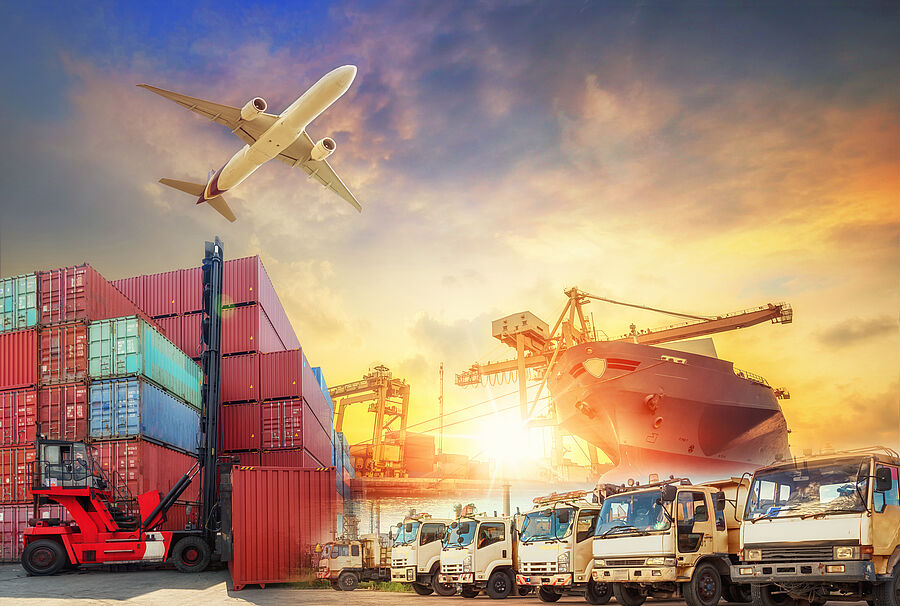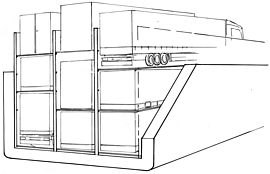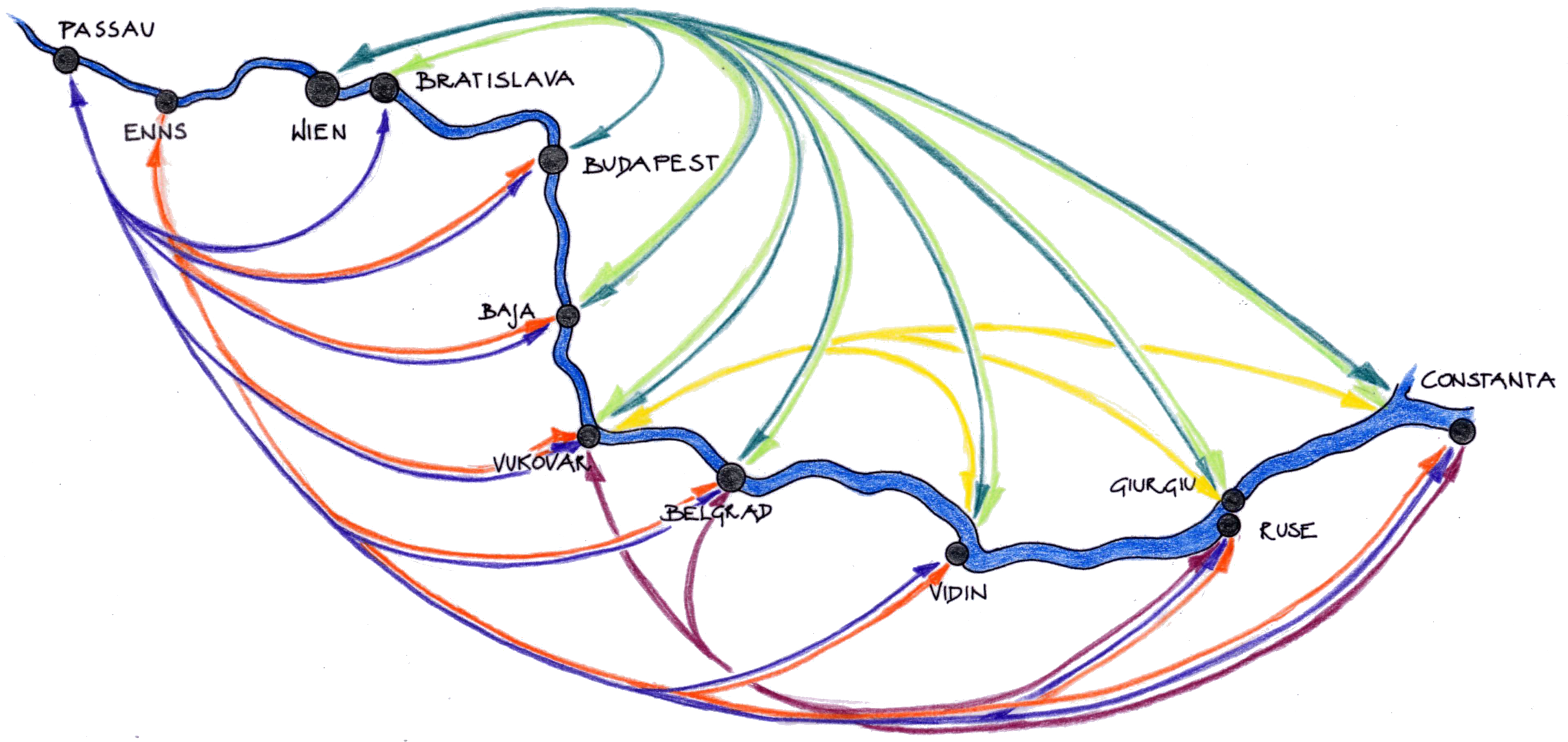Mobility and transportation is an integral part of our everyday lives and the engine which drives modern society. Continuing business as usual, however, would result in an increase of emissions of about 40% until 2030. Hence, serious action from both the public and private sector is needed to decarbonate transport. The European Commission's Transport 2050 Strategy sets goals for the different modes of transport. To decrease emissions, either total transport volume must be reduced or a shift to more eco-friendly transport modes such as inland waterway or railway must happen. This is where the basic idea of CEE Riverbridge comes in: To facilitate the shift from road to waterway regular services need to be offered providing easy accessible and interoperable methods for transshipping loads from truck to ship—or even load the complete truck on the ship. However, currently available methods for placing trucks on ships (namely roll-on/roll-off ships) mainly involve considerably space consuming and expensive infrastructure in the ports/terminals.
In this project we exploit the technology of a novel racking system described in patent number EP 2102056 A1. This system can store different loading units like containers, trailers, or even complete trucks, see Figure 1 for a graphical illustration.
In addition, equipment for transshipment operations is described which can be easily mounted on standard quay cranes which is sketched in Figure 2. This racking system seems to be particularly suitable for installation on inland barges, and therefore the feasibility of a regular service, e.g., operating each Monday and Thursday, incorporating such a stacking system is investigated. The aim is to establish a reliable service connecting seaports with inland ports and the hinterland. In a first step, the focus lies on the upper Danube region for which potential regular services are shown in Figure 3.
Loading a flat onto the barge
Potential regular services
Before starting such a service numerous open questions have to be answered which are all addressed within CEE Riverbridge, e.g.,
- Can regular services be provided based on hindering factors such as traffic volume and/or locks along the waterway as well as natural influences as low and high water and icing?
- What adaptions to the ports and operations therein are necessary, what are the impacts on the complete supply chain, and what are the necessary adaptions to barges for mounting such a racking systems?
- What is the right equipment (e.g., pushing boats) based on weight and utilization rates estimations?
- What are the overall monetary and environmental impacts and implications?
Facts
- Start of project: 12/2015
- Duration of project: 18 months
- Funding: ERA-NET Maritime Technologies II -- MARTEC II
- Coordinator: AIT Austrian Institute of Technology GmbH
- Partner:
o AIT Austrian Institute of Technology GmbH
o RIGA-Garagen Produktions & VertriebsgmbH
o SKILLZ - Strategie, Beratung, Beteiligung GmbH & CO KG
o SC NAVROM SHIPYARD SRL
o Süddeutsche Consultants Gbr
o FH OÖ Forschungs & Entwicklungs GmbH, Logistikum Campus Steyr






